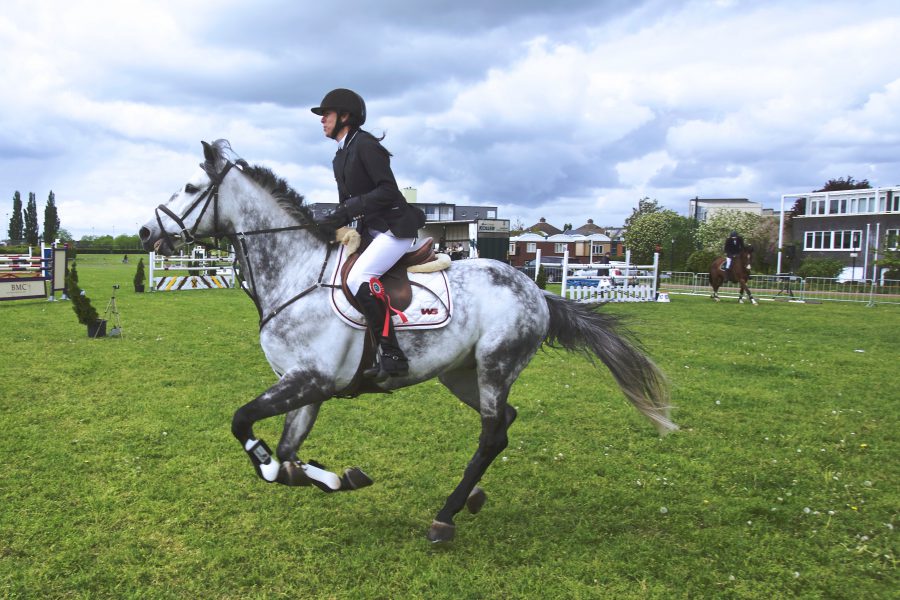

Photo Permission: Alexsandra Gills Photography Don’t spend all afternoon taking pictures before realizing they’re all too dark or grainy or blown out when you get home.
BACK IN FOCUS HORSE PRO
Pro Tip: Take a couple test shots and actually look at them with your eyeballs. If you’re shooting outdoors and light is changing, recheck your settings regularly. Check Settings // Before you start taking pictures check your settings! Set your f-stop, ISO, and shutter speed when you arrive.Early is On Time // Show up a bit early to walk around the property, look for good backgrounds, scope out good lighting, etc.Check your travel times for the time you need to be there, so you’re not surprised by rush hour traffic. Make sure you have detailed directions and a map. Directions // Getting lost on your way to a shoot doesn’t make a good impression.Just make sure they’re factored into your project quote. Get Help // Bring an assistant if you can.Pack Toys & Treats // Bring treats and toys to get the horse’s attention, or load up some horse noises on your phone.Check Equipment // Format your memory cards and double-check all your equipment.Charge Batteries // Fully charge all your batteries, even your backups.That said, don’t be afraid to be spontaneous and add new shots in the moment. Shot List // Make a shot list so you stay on track during the session and don’t forget your must-have images.There are websites that offer templates if you’re not sure where to start.

Contract // Legal contracts are highly recommended.This can help you plan which shots you’ll want to try and anticipate what issues might occur. Questionnaire // Consider sending your (human) client a questionnaire to get a better idea of the horse’s personality and what the owner is looking for.With photography especially, you need to have your ducks in a row. Return to top Preparing for an Equine Photography ShootĪs with any profession, preparation is key. Bigger jobs, like removing light poles, fences, or halters require Photoshop. Lightroom is ideal for tasks like correcting lens distortion, adjusting exposure, and minor touch ups. Poorly done flash photography looks terrible, but once you know what you’re doing the results can be AMAZING.Įquipment isn’t the only place for your hard-earned money.ĭigital photography requires editing, and the gold standards are Lightroom and Photoshop. I strongly recommend taking a course about how it works.

If you do off-camera lighting, it’s a whole other ballgame. Treats, toys, and noisemakers to get those horse ears up and forward!.Rain cover and other protective equipment.Flashes and other off camera lighting accessories.
BACK IN FOCUS HORSE HOW TO
Who wouldn’t love a nice picture of sweet moment between their kid and pony? Something to remember old Sparkles by when you grow old and she’s long gone? What about marking milestones like high school or college graduation alongside your favorite steed?Īs you learn how to use your camera better, and decide which type of photography you enjoy, you’ll need to stock up on more equipment.Īdditional accessories you may need include: Want picture-perfect results? Learn How to Prepare Your Horse for Perfect Photo Shoot. They’re great ways to commemorate the relationship between people and their horses. You’ve probably seen a lot of horse and rider portraits floating around platforms like Pinterest and Instagram. Common Types of Horse Photography Portraits (Horse + Human) Your images may look grainy instead of crisp.
BACK IN FOCUS HORSE ISO
Pro Tip: Simply cranking up your ISO has downsides, though. Just beware that anything that moves during the time your shutter is open (e.g. Leaving your shutter open longer lets in more light. It’s measured in seconds or fractions of a second. Shutter Speed: This dictates how long your lens stays open before taking the picture.If you’re shooting in low lighting or at night, you want your camera to be more sensitive to light (e.g. If you’re shooting during the day, a lower ISO works great (e.g. ISO: This term means how sensitive your camera is to light.Depth of Field: When you hear people talk about certain areas of a photo being in focus and other parts being out of focus, they’re talking about depth of field.Playing with a really wide aperture can help you achieve this look in the background of your images. Bokeh: This refers to the blurry orbs of light you often see in photos of Christmas lights.small aperture like f/22) lets less light into your camera. wide aperture like f/1.8) lets more light into your camera, and less open (i.e. Aperture is measured in “f-stops.” More open (i.e. Aperture: This means the size of the opening in your lens and helps control how light or dark you images will be.Check out this horse photographer’s dream set at Amazon


 0 kommentar(er)
0 kommentar(er)
